Yesterday was a dismal day for us out at five auctions. Three bidders, five properties, five lovely anxious clients.
We secured none of them.
Weekend auction success rates vary, but in this hot and unexplained market, our overall auction success rate is considerably lower than past years… and so it should be.
Yesterday’s auction misses all had their own story. Three properties were targeted for home-buyers and two were as investment properties. Our reasons for being outbid were varied, but all five had common rationale.
Every property we shortlist for review must meet the client’s criteria and desired price range. Our analysis is rigorous and our methodology for determining a suitable upper limit includes a mix of;
- Comparable sales analysis
- Rental yield calculation
- Reliable past sales which a valuer is likely to rely on
- Client’s risk profile and lending risk (Loan to Value Ratio and loan eligibility)
- The scarcity of the property and the chance of another becoming available within a 4-8 week window
While we like to be aware of the level of competing interest and the potential strength of other bidders, the market sentiment cannot be a critical determining factor for price-setting considerations.
There are four good reasons to set a bidding limit and to stick to it.
The first reason is affordable budget.
Many buyers have a budget range and despite their best intentions to remain within the range, it is human nature to target the best property one can afford. We often work with clients who commenced with a range, for example $850,000 to $900,000 and we observe their feedback on the mid-eights property as unenthusiastic, while their desire to work within the very upper limit of their budget takes strength when they discover what extra features they could achieve with that incremental increase of $50,000.
But whatever the desire to stretch becomes, budget is budget. For most buyers, their budget is a result of either borrowing capacity and/or a self-imposed repayment limit.
The second reason is rental yield.
Any property investor’s strategy formulation should include an assessment of the rental return. Melbourne is a lower-rental-yielding city than most, but our capital growth has been impressive to say the least and many interstate investors have gravitated to our city of late. In the popular, inner and middle-ring growth suburbs, typical rental yields for units and townhouses should range from 3-4% gross rental yield and typical rental yields for houses should sit around (a dismal) 2-3%. Pending the age, annualised holding costs, land content, land value, and dwelling footprint of the property, these figures could be challenged, but broadly speaking they give investors a good rule of thumb when calculating their limit.
The third reason is opportunity elsewhere.
It is easy for many buyers to get caught up in the emotion of the campaign, particularly on auction day. Home-buyers are far more vulnerable to emotion-fueled stretch limits than investors, but when I sense this overriding desire, I ask them one simple question:
Does it make sense to keep fighting for this one when I believe your latest stretch-budget could now get you a superior property?
I’ve seen buyers over the years pay a ridiculous premium at auction only to find a comparable property sold days or weeks later for a much lower, more sensible price. Taking stock of your competition and their willingness go silly is important. Two silly buyers can easily result in a sale price that defies all logic.
When the auctioneer casually says “It’s only money… you won’t find another home like this….”, remember, it’s not the auctioneer who is taking on that mortgage.
The fourth reason doesn’t affect every buyer but when it bites, it hurts.
Valuation shortfall is a risk which should always be factored in.
Depending on the loan approval in place, every buyer will have their own set of pre-approval conditions. Some lower LVR’s (Loan to Value Ratios) enable a lender to accept a contract price without the need for a bank valuation. Others may conduct a ‘desktop’ version and provided the price falls within the computer modelled estimate range, the loan will be processed. But for many, particularly now in this challenging lending environment, bank valuers are attending auction properties post auction and it is naive for any buyer to assume that the lender will simply accept the contract price based on the theory that an auction result equates to market value.
When a bank valuation comes in below a purchase price, the term used is valuation shortfall. A shortfall is recoverable for those who either have a savings/equity buffer, or further room to move on their LVR. But without this, a buyer who has purchased unconditionally is at the mercy of friends/family to assist, otherwise they face rescinding on a contract. A rescission is the worst case scenario, but the risk extends to losing their deposit and being sued for damages.
It is important to remain pragmatic when focusing on valuation risk. We assess comparable size/style sold and settled properties in an effort to pinpoint those which we believe are most likely to be sales that a bank valuer would pick out as comparable. If recent comparable sales do not support the price at which the bidding reaches, and particularly if our client’s finance arrangement places them in a higher risk category, we draw a line in the sand and stop at our agreed figure.
Yesterday’s miserable adventures reminded us of all four of these reasons, some in combination.
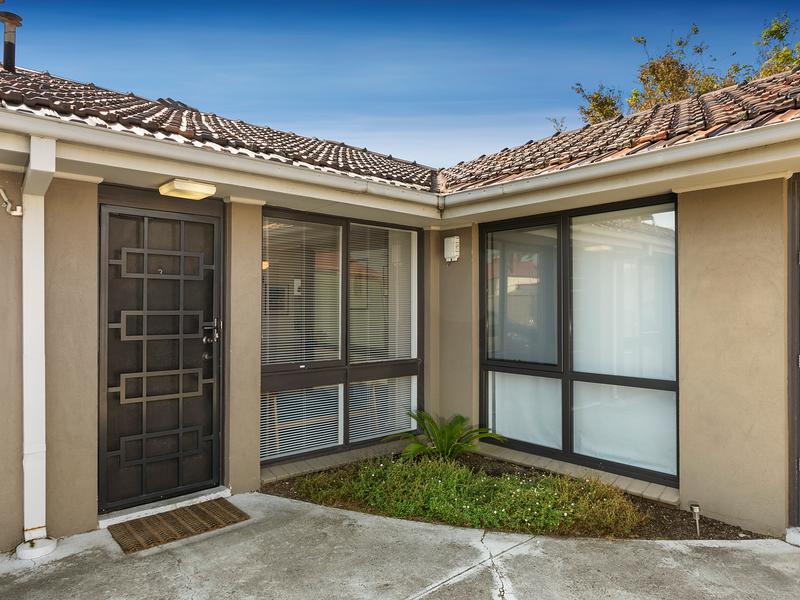 Our sensible limit at this brilliantly located villa unit in a block of just four in Brunswick East meant that I had to make that sad under-bidder phone call to a lovely interstate couple who were waiting by the phone. I may have blasted past a first home buyer’s budget and challenged another’s stretch budget, but I was no match for a buyer who had walked through the property for the first time in the last ten minutes before the auction.
Our sensible limit at this brilliantly located villa unit in a block of just four in Brunswick East meant that I had to make that sad under-bidder phone call to a lovely interstate couple who were waiting by the phone. I may have blasted past a first home buyer’s budget and challenged another’s stretch budget, but I was no match for a buyer who had walked through the property for the first time in the last ten minutes before the auction.
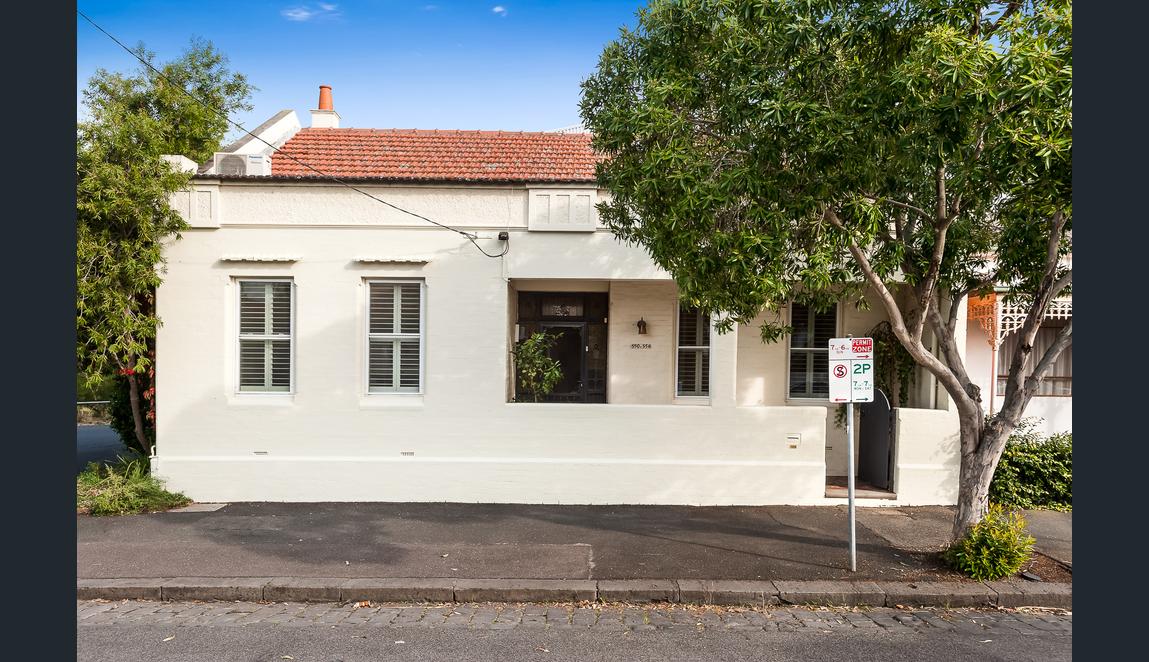
Our second property was a heartbreak property all round, with five bidders including us throwing our hat in the ring for the stunning period corner house in Carlton North. Two competing bidders with overwhelming emotional-pull fought it out in ridiculous increments for some half a million dollars on their own and the hammer landed on $2.41M after the home was on the market at $1.675M.
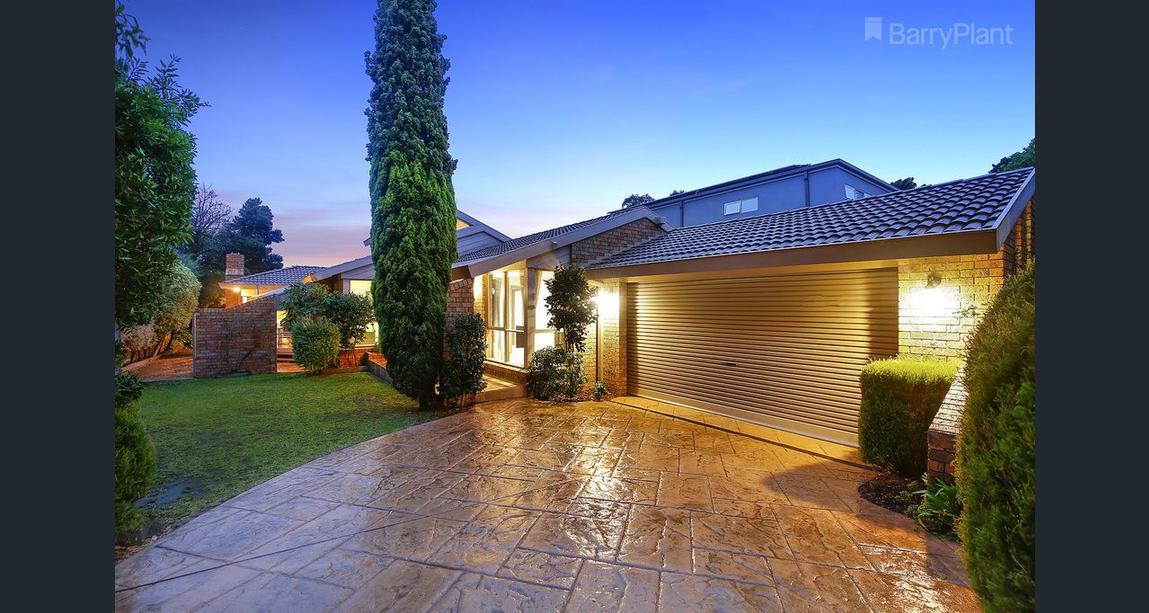
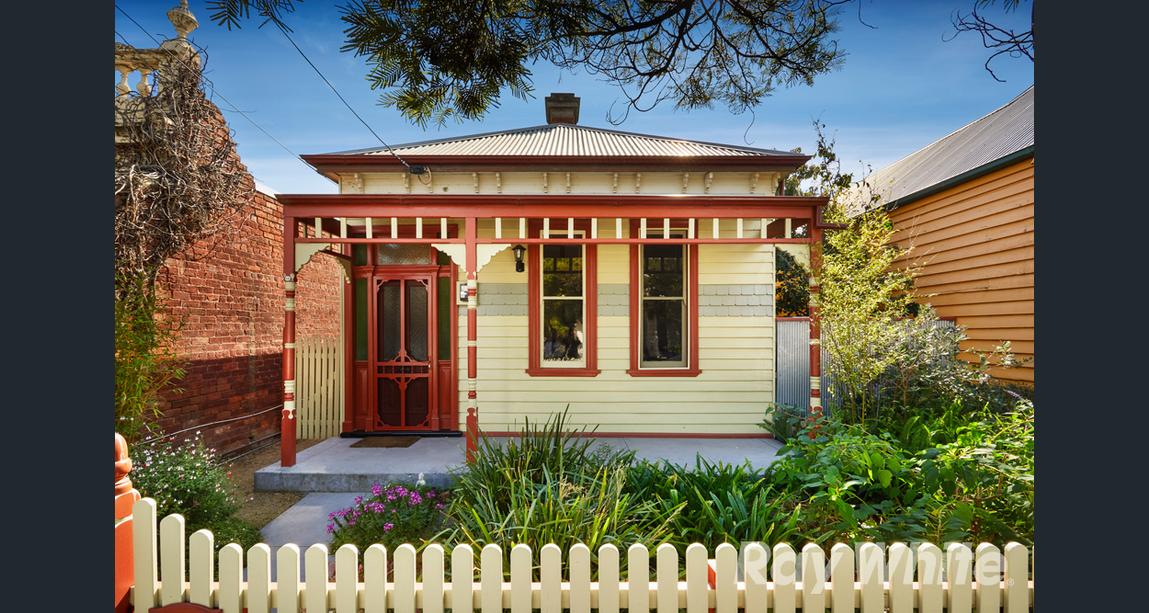
Two home-finder clients of ours sadly missed out when their designated affordable range was trumped by one other buyer at their respective auctions.
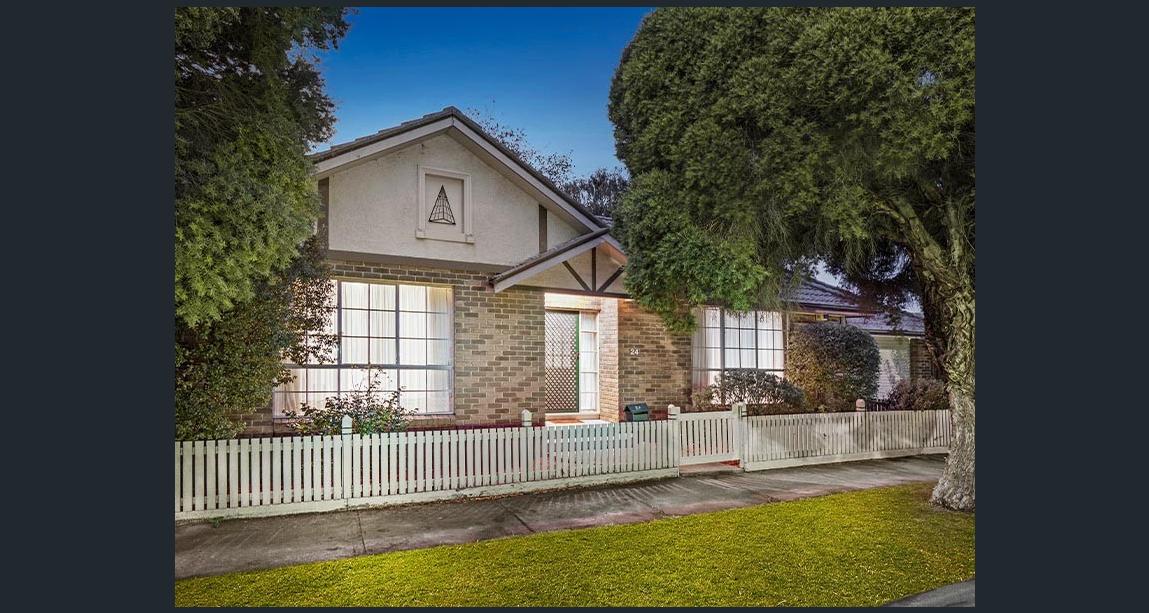 Our last auction of the day was quite intriguing and our budget was determined by applying the combination of a sensible rental return, and likely comparable sales for a bank valuation model. The dated 2BR property on compact title in Reservoir undoubtedly represented capital growth potential, but with an independently appraised rental return of ~$375pw, we knew that our limit should have reasonably been set around $660,000 if we were to target a 3% rental yield.
Our last auction of the day was quite intriguing and our budget was determined by applying the combination of a sensible rental return, and likely comparable sales for a bank valuation model. The dated 2BR property on compact title in Reservoir undoubtedly represented capital growth potential, but with an independently appraised rental return of ~$375pw, we knew that our limit should have reasonably been set around $660,000 if we were to target a 3% rental yield.
Armed with data and giving our best shot was not enough. Another advocate fought it out with other bidders and the hammer landed at $748,000; a meager rental return of just 2.6% if investment figures were applied.
Remembering that every buyer has determined their own reasons for stretching is really important.
But focusing on when to stop is imperative.
As I always say… “this one just was not meant to be. Your property is waiting for you just around the corner.” Auction is not the only method, and buyers need to pay attention to pass-ins, be nice to agents for new listing alerts, and never underestimate the chances of getting a great off-market.
REGISTER TO OUR NEWSLETTER
INFORMATION
CONTACT US
1A/58 ANDERSON STREET,
YARRAVILLE VIC 3013
0422 638 362
03 7000 6026
CATE@CATEBAKOS.COM.AU
